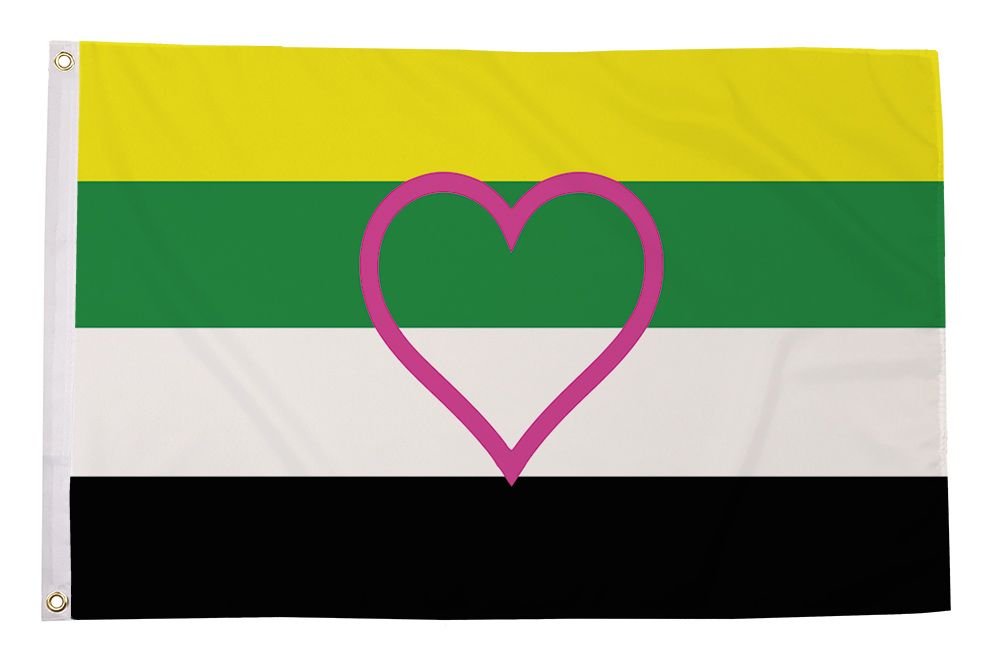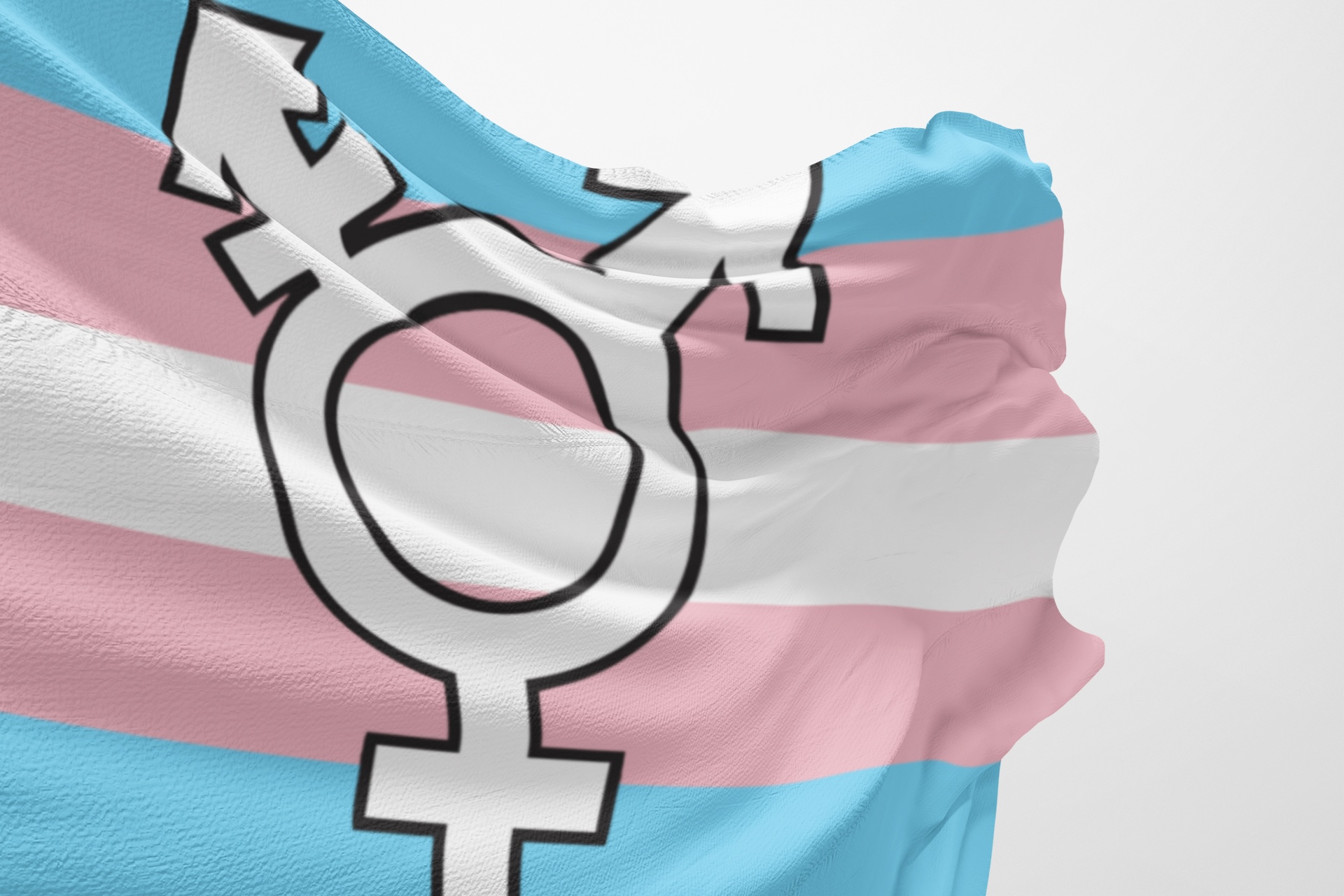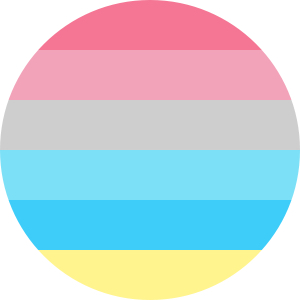Table of Contents
Skoliosexual or Ceterosexual is a term used to describe someone who is primarily attracted to non-binary, genderqueer, or gender-nonconforming individuals. This orientation specifically focuses on attraction to people who do not fit within the traditional binary understanding of male or female genders.
Who Can Be Skoliosexual / Ceterosexual?
Anyone who feels that their attraction is primarily towards non-binary or gender-nonconforming people can identify as skoliosexual. This identity is about the nature of one’s attraction rather than the gender of the person who identifies this way. Skoliosexual individuals may themselves be of any gender identity, including male, female, non-binary, or another gender.
Skoliosexuality is one of the many terms within the LGBTQ+ spectrum that helps people describe their unique experiences of attraction, providing a way to articulate their preferences and find community with others who share similar feelings.
Is there a Skoliosexual / Ceterosexual flag?

Yes, there is a flag! The flag is a symbol representing this specific sexual orientation and features a distinct colour scheme designed to capture the essence of attraction to non-binary, genderqueer, and gender-nonconforming individuals.
Colours and Meaning of the Skoliosexual / Ceterosexual Flag:
The most common Skoliosexual flag design includes the following colours:
- Green: Represents attraction to non-binary and gender-nonconforming individuals.
- White: Symbolizes relationships and attraction beyond the traditional gender binary.
- Dark Green or Dark Teal: Reflects the deep and unique nature of skoliosexual attraction.
- The lavender heart represents love outside the gender norms. Most alternate flags are based on this flag.
These colours together represent the spectrum of attraction that individuals experience, focusing on those who do not conform to traditional male or female gender roles.
Like many LGBTQ+ flags this one helps individuals identify and connect with others who share similar experiences, providing a visual symbol for community and pride.
Who created the Skoliosexual flag?
The first skoliosexual/ceterosexual flag was created on October 14th, 2013 by DeviantArt user SavvyRed. The term was first coined in 2010. We do not know who coined the term Ceterosexual.
Are there any well-known Skoliosexual people?
As of now, there are no widely recognized public figures who have specifically come out as Skoliosexual. The term is relatively new and not as well-known as other sexual orientations within the LGBTQ+ spectrum. Because of this, many individuals who might identify with skoliosexual attraction could use broader or more familiar terms like pansexual, queer, or bisexual, especially in public settings.
It’s also possible that some individuals who experience attraction to non-binary or gender-nonconforming people choose not to label their sexuality with a specific term or might not be aware of the term “skoliosexual.”
As awareness of the term grows, it’s possible that more people, including public figures, may begin to identify as skoliosexual. For now, the term remains more commonly recognized within certain online communities and among those who prefer more specific labels for their sexual orientation.
Is the term Skoliosexual offensive?
The term ceterosexual was introduced to replace skoliosexual, with “cetero-” meaning “other.” This term specifically applies to attraction towards non-binary individuals and is intended solely for their use. Despite this, the original skoliosexual flags are still used. The choice of this term has caused discomfort for some, partly because it originated from a term with transphobic connotations. Consequently, alternative terms like abinarin are also used to describe similar experiences.
-
 Skoliosexual Holographic Bracelet – Handmade£8.99
Skoliosexual Holographic Bracelet – Handmade£8.99 -
Product on sale
 Skoliosexual Pride Flag (5ft x 3ft) Premium FlagOriginal price was: £7.99.£5.99Current price is: £5.99.
Skoliosexual Pride Flag (5ft x 3ft) Premium FlagOriginal price was: £7.99.£5.99Current price is: £5.99.




